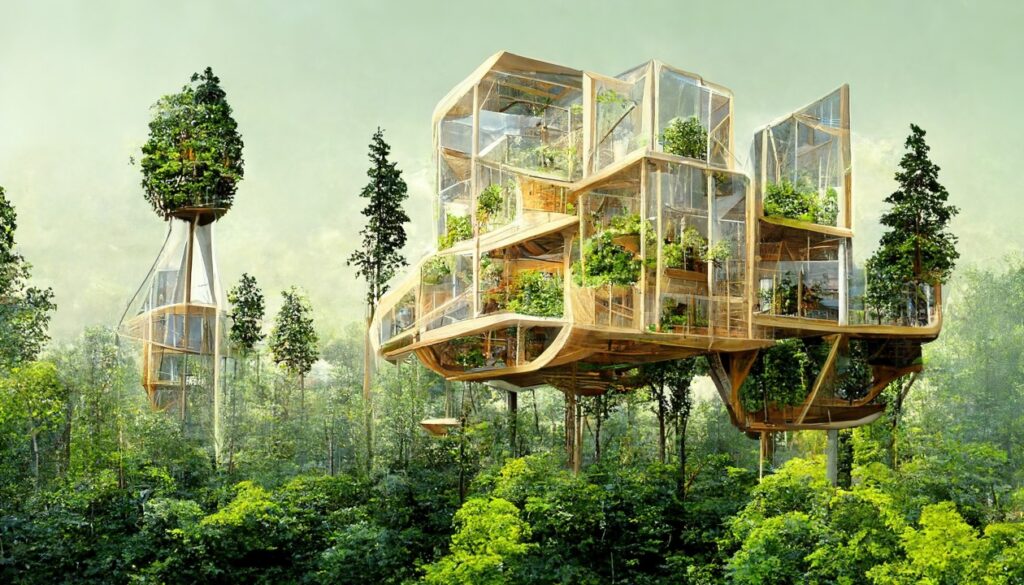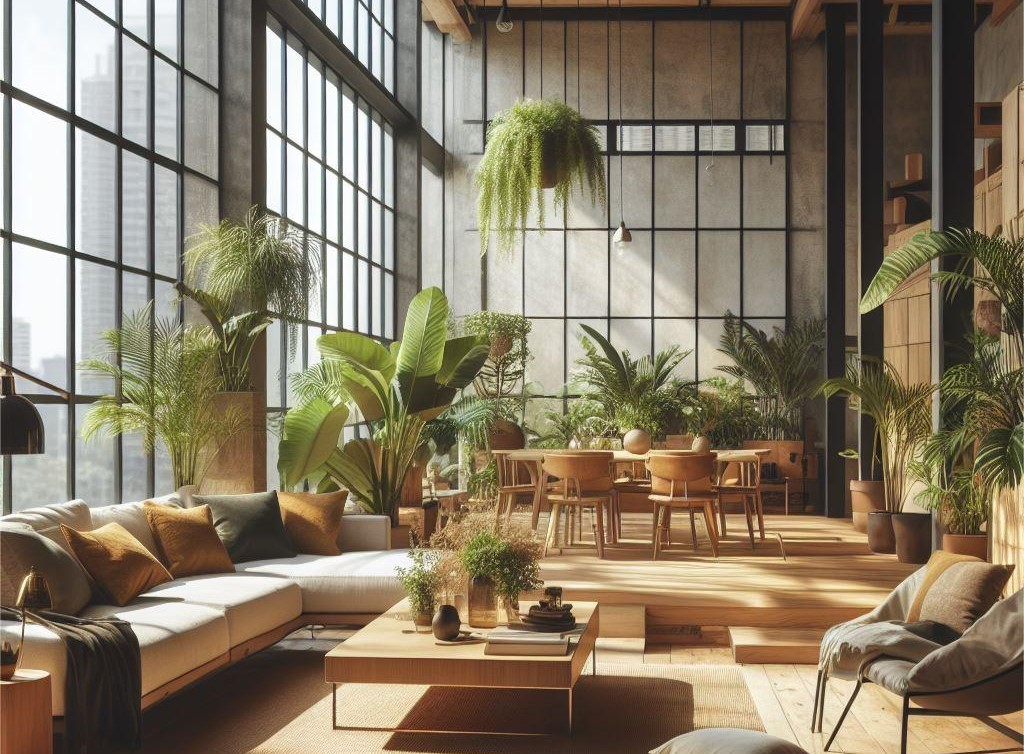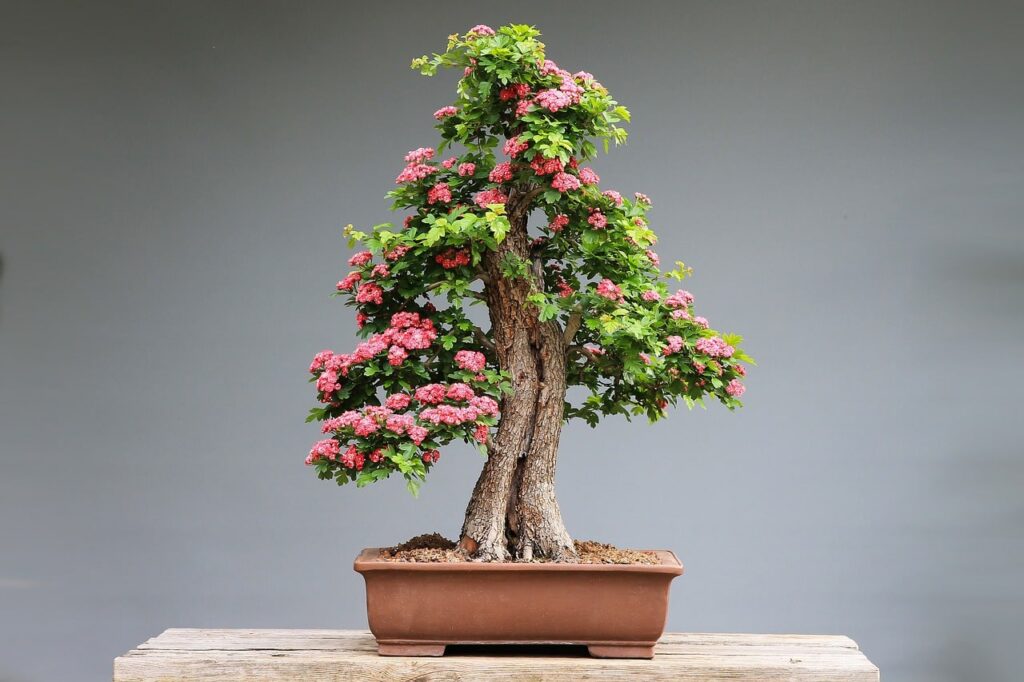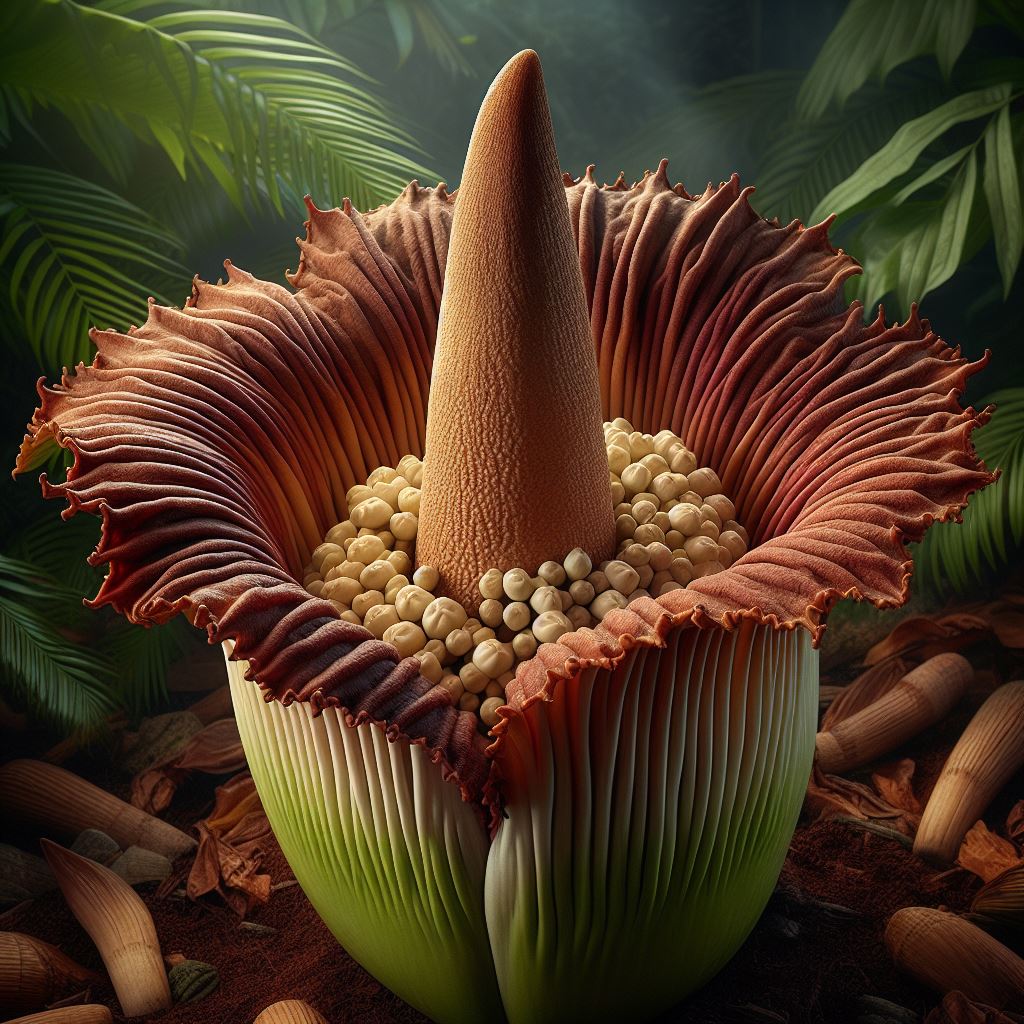Hey nature enthusiasts,
Are you feeling the call of the wild, even when you’re stuck indoors? Well, there’s a design trend that’s here to answer that call and revolutionize the way we think about our living and working spaces and the benefits of biophilic design.
So, what exactly is biophilic design? In simple terms, it’s about weaving elements of nature into the very fabric of our built environments. Picture sun-drenched rooms adorned with leafy plants, tranquil water features, and natural materials like wood and stone. It’s like stepping into a lush forest, minus the bugs!
But biophilic design isn’t just about creating Instagram-worthy interiors. It’s about tapping into our deep-rooted connection with nature – a connection that’s been hardwired into our DNA over millennia. We humans are biophilic beings at heart, craving the sights, sounds, and smells of the great outdoors.

And the benefits? They’re as abundant as a springtime meadow. Studies have shown that biophilic design can work wonders for our well-being, from reducing stress and anxiety to boosting our cognitive function and productivity.
Feeling frazzled after a long day? Surround yourself with natural elements, and feel the tension melt away. Need a creativity boost? Let the soothing sounds of a babbling brook spark your imagination. It’s like having your own personal oasis right at your fingertips.
But the magic of biophilic design isn’t limited to our homes. It’s also making waves in workplaces, schools, and healthcare settings, where its positive effects on mood, concentration, and healing are being felt far and wide.
So, how can you embrace biophilic design in your own space? Start small by bringing in some potted plants or opening up your curtains to let in more natural light. Then, let your imagination run wild as you experiment with different textures, colors, and patterns inspired by the natural world.
And remember, biophilic design is about more than just aesthetics – it’s a philosophy, a way of life. By reconnecting with nature in our everyday surroundings, we can create environments that nourish our bodies, minds, and souls.
So why wait? Take the plunge into biophilic design today, and discover the transformative power of bringing a little slice of nature into your world. Trust me, you’ll never look back!
FAQs
- What is biophilic design?
- Biophilic design is an approach to architecture and interior design that incorporates elements of nature into built environments to enhance human well-being and connection to nature.
- What are the principles of biophilic design?
- The principles of biophilic design include integrating natural light, maximizing views of nature, incorporating natural materials, providing opportunities for sensory engagement with nature, and creating spaces that mimic natural patterns and forms.
- How does biophilic design benefit well-being?
- Biophilic design has been shown to reduce stress and anxiety, improve mood and cognitive function, enhance creativity and productivity, and promote overall health and well-being.
- Where can biophilic design be implemented?
- Biophilic design can be implemented in various settings, including residential spaces, workplaces, educational environments, healthcare facilities, and public spaces such as parks and urban areas.
- How can I incorporate biophilic design into my space?
- You can incorporate biophilic design into your space by bringing in natural elements such as plants, water features, natural materials like wood and stone, maximizing natural light, providing views of nature, and creating spaces that encourage connection with the outdoors.
- Are there any specific guidelines for biophilic design?
- While there are no strict guidelines for biophilic design, incorporating elements of nature in a thoughtful and intentional way is key. Consider factors such as the location and orientation of the space, the needs and preferences of its occupants, and the surrounding environment.
- What are some examples of biophilic design in action?
- Examples of biophilic design include green roofs and walls, indoor gardens and atriums, natural ventilation systems, daylighting strategies, and designs that mimic natural patterns and forms.












